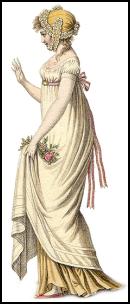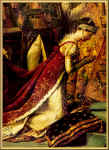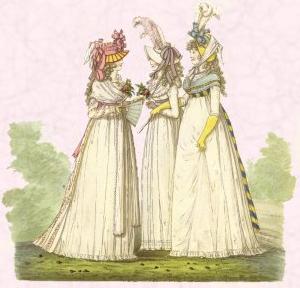
Did You Know.... The International Academy Of Design & Technology offers an online bachelors degree program in fashion merchandising as well as associates and bachelors degree programs in retail merchandise management. Learn more about IADT's online fashion programs.
By J. Moore
You are sitting at home in your comfortably flannel pajama pants and a pizza stained t-shirt. With a bag of potato chips in one hand and the remote in the other, you excitedly switch on the tube to watch the event of the year... well, at least of the week... the Academy Awards.
Which films have been nominated? You are not sure.
Who is the Oscar favorite for "Best Cinematography?" You do not care.
What will Halle be wearing?
How many diamonds will fit around Nicole's thin little wrist?
YES! THOSE ARE THE QUESTIONS!
And thus we see the reason for the relationship between fashion designers and our favorite A-list celebrities. Calvin, Donatella, Marc, and the rest of the gang are certainly not fools! Fashion designers are aesthetically driven - they seek to create physical beauty inspired by their thoughts, ideas, and visions. This physical beauty is known to us as clothing. And how beautiful it truly is!
And what can be better than a meticulously constructed and designed floor length Vera Wang gown? A meticulously constructed and designed floor length Vera Wang gown on Julia Roberts! Fuse the most beautiful fashion designs with someof the most beautiful faces, bodies and people and the result borders on sublime - a sensory delight that keeps us tuned in and left wanting to emulate.
Flashback to the months leading up to my senior prom... just weeks after Gwenyth Paltrow won her Academy Award for "Best Actress", the racks of Macy's were overflowing with replicas of Paltrow's bubblegum pink ball gown. As much as we value our individual tastes and fashion sense, there is at least a part of us (no matter how small), that emulates the beauty we find in the world. This is natural, right?
I have heard that a celebrity wearing your gown/tux/creation to a red carpet event is worth over a million dollars in advertising. Further, they tell me that slipping a gorgeous frock onto an Academy Award winner is worth tens of millions of dollars in advertising. This does not seem to be much of a stretch. Beauty sells - making the relationship between fashion and celebrity brilliant.





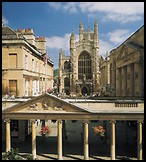
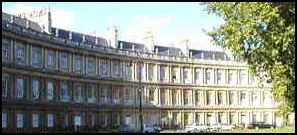 Make up usually made of lethal ingredients was discarded. Hair powder was abandoned for fresh clean washed cropped hairstyles. Blatant use of jewellery was soon seen as vulgar and outdated.
Make up usually made of lethal ingredients was discarded. Hair powder was abandoned for fresh clean washed cropped hairstyles. Blatant use of jewellery was soon seen as vulgar and outdated.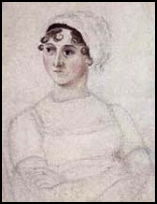 Their roles are played out in the drawing room, the assembly room, the Parsonage or Rectory, the fashionable street for promenading, or the grounds of the country house.Her characters spend their time reading, writing letters, walking, riding, dancing, playing cards, listening to music and enjoying the art of conversation. Their conversation speaks of their own safe and comfortable society. They talk about fashion and taste, about acceptable manners and unacceptable behaviour. Above all else, their conversation concentrates on thoughts of love and marriage. Their mothers despair for the lack of suitable suitors.
Their roles are played out in the drawing room, the assembly room, the Parsonage or Rectory, the fashionable street for promenading, or the grounds of the country house.Her characters spend their time reading, writing letters, walking, riding, dancing, playing cards, listening to music and enjoying the art of conversation. Their conversation speaks of their own safe and comfortable society. They talk about fashion and taste, about acceptable manners and unacceptable behaviour. Above all else, their conversation concentrates on thoughts of love and marriage. Their mothers despair for the lack of suitable suitors.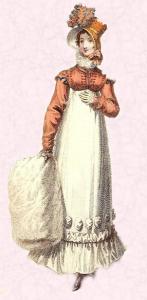
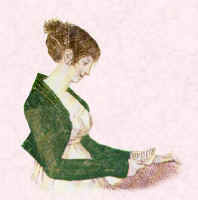
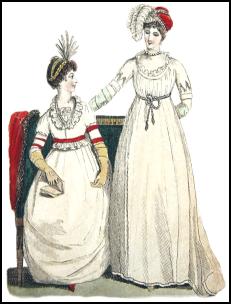 The high waisted graceful styles of early 19th century are known as the Empire style. The Empire dress which evolved in the late 1790s began as a chemise shift gathered under the breasts and at the neck.
The high waisted graceful styles of early 19th century are known as the Empire style. The Empire dress which evolved in the late 1790s began as a chemise shift gathered under the breasts and at the neck. 